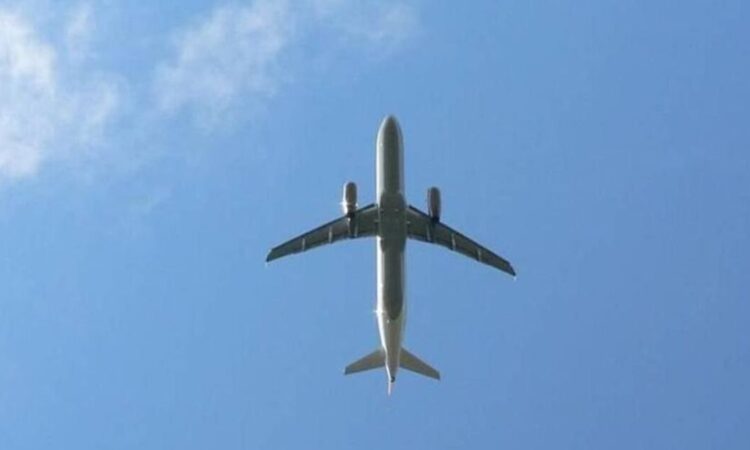
Ireland has once again proven itself to be an outlier in Europe with consistent increases in greenhouse gas emissions offsetting reduction efforts by fellow EU members.
New data from statistics agency, Eurostat shows that Ireland was one of just six EU countries to see emissions rise, reporting the third highest increase in the three months ending in June of this year.
During that time, Irish greenhouse emissions rose by 3.6%, behind just Malta and Latvia where emissions increased by 7.7% and 4.5% respectively. The remaining 21 EU countries all reported falls in emissions, ranging from decreases of 1% to just under 24%.
In calculating emission figures, Eurostat, the official statistics agency of the EU, attributes international transport and corresponding air emissions to individual countries, a methodological approach that shines a light on Ireland’s extensive relationship with the airline industry.
In the past year, Ireland has consistently topped Eurostat’s emissions list, reporting consecutive increases corresponding with the post-pandemic rebound in air traffic activity.
Speaking to the a spokesperson for Eurostat said that while national breakdowns are not published, “emissions from transport indeed contribute to the overall emissions, in particular in countries with large resident airlines,” highlighting emissions from Ryanair, Europe’s largest airline, as well as Aer Lingus – which are both registered in Ireland.
In total, greenhouse gas emissions across the entire EU economy totalled 821m tonnes of CO2 equivalents in the three months ending in June this year, reflecting a decrease of 5.3% annually despite rises across Ireland and five other countries.
In the same period, the EU’s gross domestic product (GDP) remained stable, registering just a very small variation of 0.05%, with four of the six countries reporting increases in emissions also seeing GDP rise.
The economic sectors responsible for most greenhouse gas emissions were manufacturing (23.5%), households (17.9%), electricity, gas supply (15.5%), agriculture (14.3%), followed by transportation and storage (12.8%).
On an annual basis, emissions decreased in 6 out of 9 economic sectors, however, the main sector in which emissions increased was transportation and storage, which includes air travel, rising in the three months by +1.7%.
In the period, ten EU countries, Denmark, France, Belgium, Slovenia, Slovakia, Bulgaria, Portugal, Spain, Romania and Greece, managed to decrease emissions while still successfully increasing their GDP.
Speaking to the a spokesperson for the Department of the Environment, Climate and Communications said that Eurostat’s findings were an estimated, “desktop prediction,” adding that the agency’s data for 2022 doesn’t align with the official data from Ireland’s Environmental Protection Agency (EPA) in which it was found emissions last year fell by 1.9%.
However, official data from the EPA on Irish greenhouse gas emissions is not yet available for the second quarter of 2023, meaning it has no comparative figure yet to most recent Eurostat findings.
“In any event, the latest emissions reports from the EPA, as well as those presented by the WMO (World Meteorological Organisation) and IPCC (Inter-Governmental Panel on Climate Change), underline the need to cut greenhouse gas emissions – globally,” the spokesperson continued.
“The Government is committed to addressing greenhouse gas emissions here in Ireland; passing one of the most ambitious climate laws in the world and mobilising the public and private sectors to deliver emissions reductions. Work is ongoing to deliver the next iteration of Ireland’s Climate Action Plan – for 2024.”






